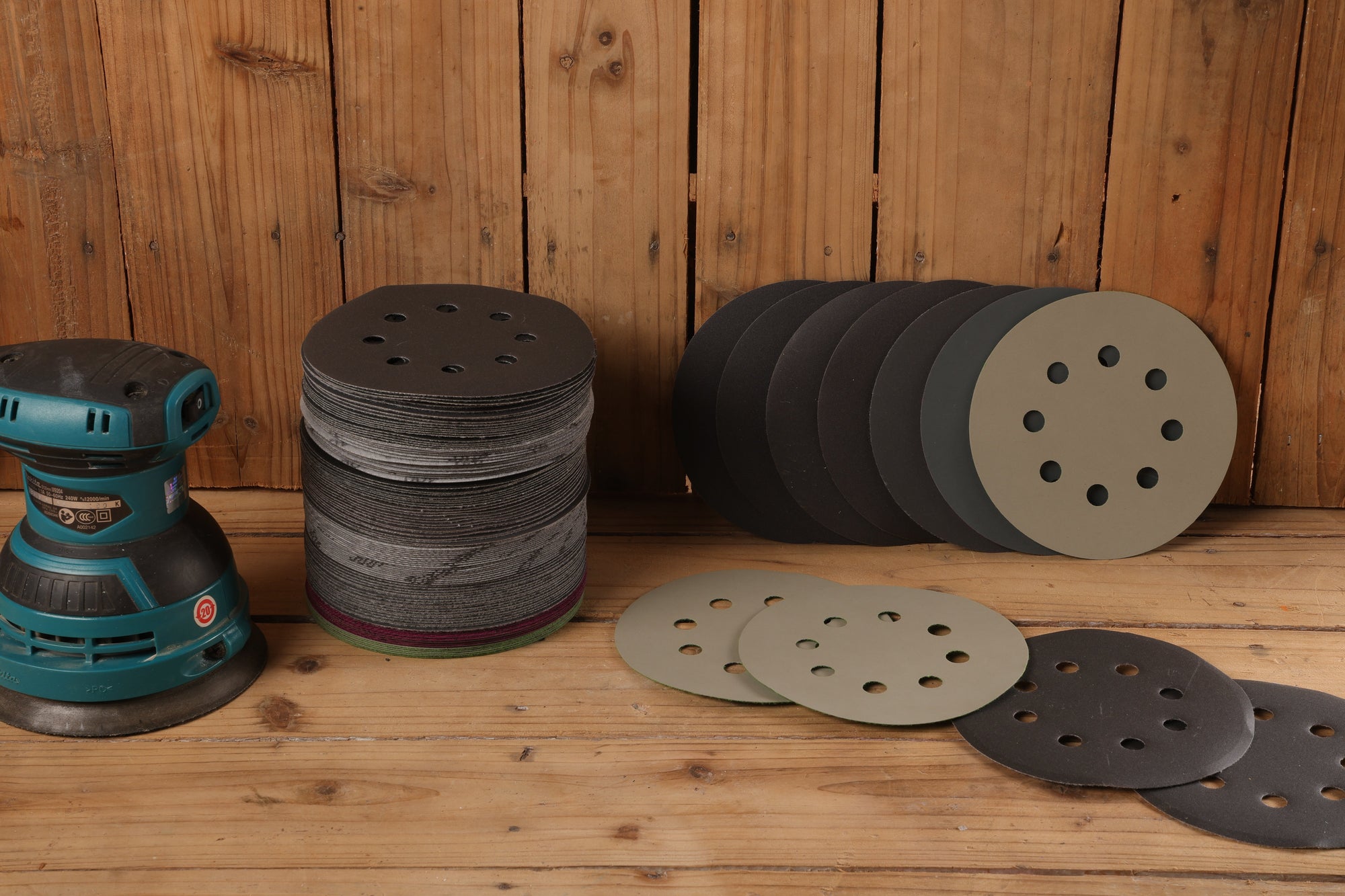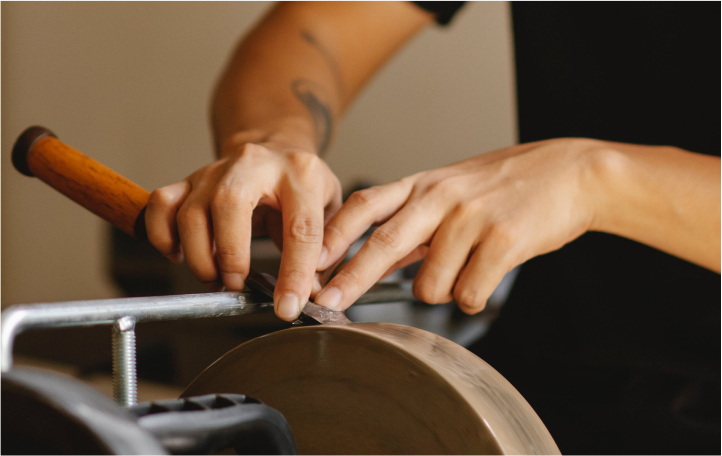What Type of Sandpaper Should I Use to Sand Glass?
Glass is elegant and useful — we see it in windows, tabletops, mirrors, and even craft projects. But its sharp edges or surface imperfections can be dangerous or unattractive. Whether you’re smoothing edges, removing scratches, or creating a frosted effect, sanding glass is an essential skill.
In this beginner-friendly guide, we’ll show you how to safely sand glass, what tools to use, and which sandpaper types work best.
Preparation Before You Start
Before picking up any sandpaper, make sure you're fully prepared. Glass may be hard, but it’s also brittle — and sanding it the wrong way can cause cracks or injury.
Safety Gear Checklist:
-
Goggles or face shield (to protect eyes from glass dust or chips)
-
Gloves (especially for hand sanding edges)
-
Mask or respirator (if sanding dry)
-
Soft cloth or towel (to support the glass and prevent slipping)
-
Water spray bottle (if wet sanding)
Two Main Ways to Sand Glass
There are two basic methods for sanding glass: dry sanding and wet sanding. Each has its pros and cons, but wet sanding is usually safer and more effective — especially for beginners.
Dry Sanding
How to Do It:
-
Use fine-grit sandpaper (at least 800 grit or higher)
-
Sand in slow, circular motions by hand or using a sanding tool
-
Check progress frequently to avoid over-sanding
What You Need:
-
Fine-grit silicon carbide sandpaper
-
Sanding block or orbital sander (optional)
-
Mask to avoid inhaling glass dust
Precautions:
-
Can produce fine, hazardous dust
-
Generates heat, which may crack thinner glass
-
Not ideal for polishing or smooth finishing
Wet Sanding Best for Glass
How to Do It:
-
Soak sandpaper in water before starting
-
Keep both glass and paper wet throughout sanding
-
Use light pressure and work gradually
What You Need:
-
Waterproof silicon carbide sandpaper (1000–3000 grit)
-
Spray bottle or bowl of water
-
Soft cloth to dry afterward
Why It’s Better:
-
Less friction = reduced risk of cracks
-
Minimal dust = safer for lungs
-
Smoother results = better for polishing or edge finishing
Our waterproof silicon carbide sandpaper is perfect for wet sanding glass — flexible, long-lasting, and designed for smooth finishes.
What Kind of Sandpaper Should You Use for Glass?
Now that you know how to sand glass, let’s talk about the tools. The best material for sanding glass is silicon carbide — a sharp, hard abrasive that works especially well on brittle materials like glass.
But silicon carbide sandpaper comes in different forms. Here's what you need to know:
Silicon Carbide Sandpaper Sheets
-
Best for hand sanding small glass objects
-
Works perfectly with water (wet sanding)
-
Flexible and easy to cut to size
-
Recommended grit: 1000–3000 for glass
Try our premium waterproof silicon carbide sheets — great for beginners and DIYers.
Silicon Carbide Sanding Discs
-
Round pads used with orbital sanders
-
Ideal for larger surfaces like glass tables or windows
-
High efficiency and consistent finish
-
Comes in hook-and-loop backing for quick change
Check out our sanding discs — designed for fast, smooth glass polishing.
Silicon Carbide Sanding Belts
-
Used in professional or industrial belt sanders
-
Great for large-scale glass processing or commercial glass finishing
-
Strong backing and long lifespan
-
Available in various sizes and grits
Choosing the Right One
| Format | Best For | Beginner-Friendly | Tool Required |
|---|---|---|---|
| Sheets | Small projects, edges, hand sanding | ✅ Yes | ❌ No |
| Discs | Flat surfaces, faster sanding | ⚠️ Medium | ✅ Orbital sander |
| Belts | Industrial glass work | ❌ No | ✅ Belt sander |
Smooth Glass Starts with the Right Sandpaper
Sanding glass is all about control, patience, and using the right tools. With silicon carbide sandpaper — in sheet, disc, or belt form — you can safely shape, smooth, and polish glass at home or in the workshop.
Not sure what grit or format is best for your project? Contact us — we’re happy to help you get started!
Continue Reading

Silicon Carbide vs Aluminum Oxide: Which Sandpaper to Choose?

